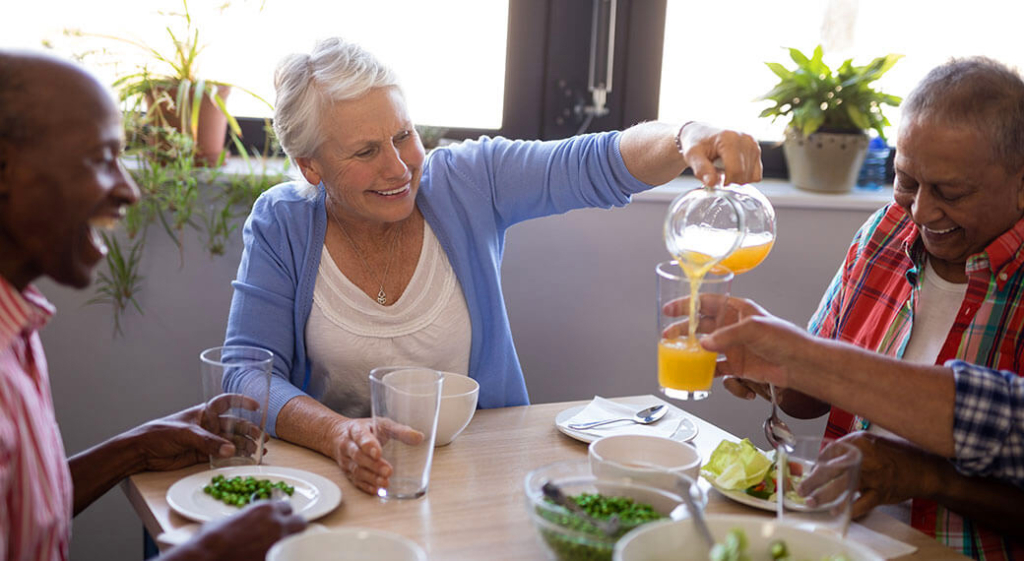The social dining aspect of senior living is not just about food. It’s about creating community, fostering a sense of belonging, and reminding residents that they are not alone on their journey. In this article, we discuss how human connection in senior living facilities is at the heart of every meal. We also provide questions you can ask yourself to help ensure that your community is a place where joy, laughter, and well-being are always on the menu.
Why Social Dining Adds Value to Senior Living Establishments
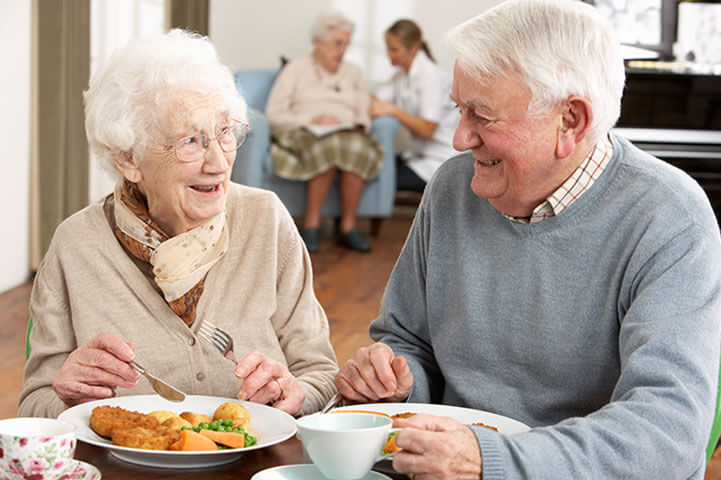
The social dining experience in senior living communities holds immense potential to combat loneliness, boost well-being, and spark joy—but only if nurtured with intentionality. Loneliness is a public health epidemic affecting a significant portion of older adults. Social dining improves emotional well-being by reducing loneliness.
Shared meals foster a sense of belonging, combat isolation, and foster connection. Ideally, there is laughter at the table, lively conversations, and shared stories. Regularly engaging in positive social experiences while connecting with their community contributes to mental health and overall well-being.
There are cognitive benefits as well. Conversation stimulates the mind, keeping it sharp and engaged. Additionally, shared memories of meals past can spark joy and cognitive recall.
Sharing Tables, Sharing Lives
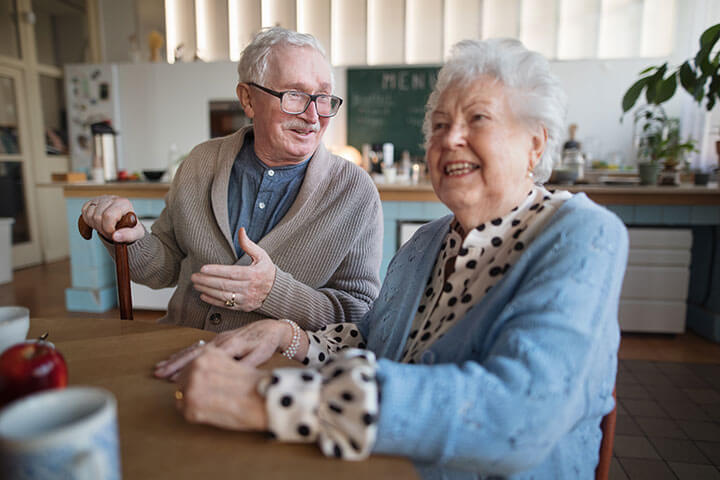
We covered several reasons why social dining is so valuable to your senior residents. Now, let’s focus on evaluating your dining program. As an operator, introspection is key to ensuring your dining experience lives up to its potential. The following questions will help you assess your establishment’s program while providing tips for improvement.
Is your dining space conducive to interaction?
Round tables encourage conversation, while smaller nooks cater to intimate gatherings. Consider creating flexible spaces that adapt to different occasions.
Does your staff actively facilitate social interaction?
Trained staff can introduce residents, initiate conversations, and encourage table games or shared activities.
Is the menu designed to spark conversation?
Local ingredients, themed meals, and interactive cooking demonstrations can become catalysts for social connection.
Are dietary needs and preferences taken into account?
Feeling included at the table regardless of dietary restrictions fosters a sense of belonging and encourages participation.
Do residents have a say in the menu and dining experience?
Choice and autonomy are crucial for engagement. Consider resident feedback through surveys, resident councils, or suggestion boxes.
Social Dining Beyond the Food
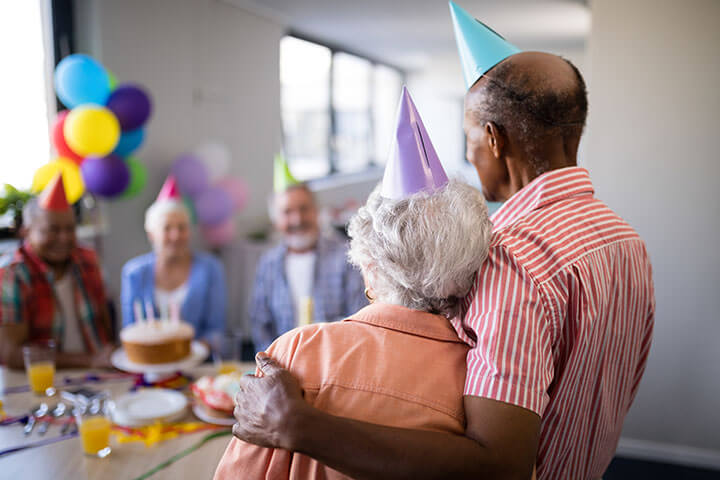
Remember, social dining is about more than just the meal. To further set your dining program up for success, ask yourself:
Are there opportunities for pre- and post-meal interaction?
Setting up coffee stations, book clubs, or game nights near the dining room can extend the social experience.
Do senior living residents have access to private dining rooms for special occasions?
Celebrating birthdays, family visits, or holidays together strengthens community bonds.
Is technology harnessed to enhance social dining?
Virtual connections with family and friends during meals can combat isolation and bridge geographical distances.
Opportunities for Connection at Senior Living Facilities
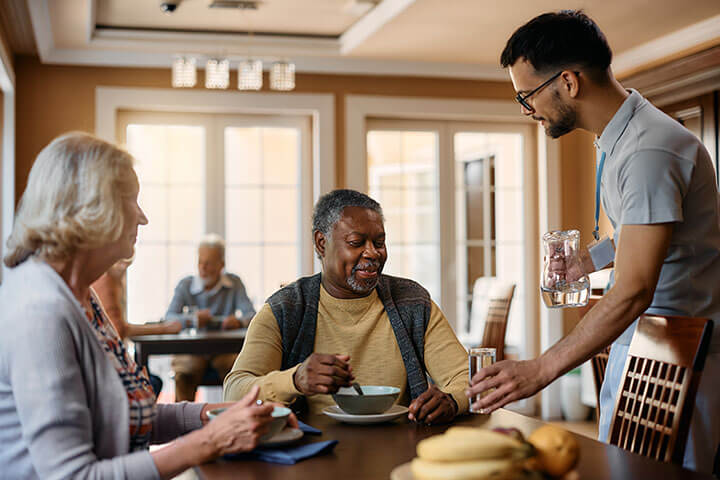
Social dining in senior living is not simply a service; it’s an opportunity. By understanding the importance of social dining for senior living residents, operators can create a space where every meal becomes an enriching occasion with the simple joy of human connection.

